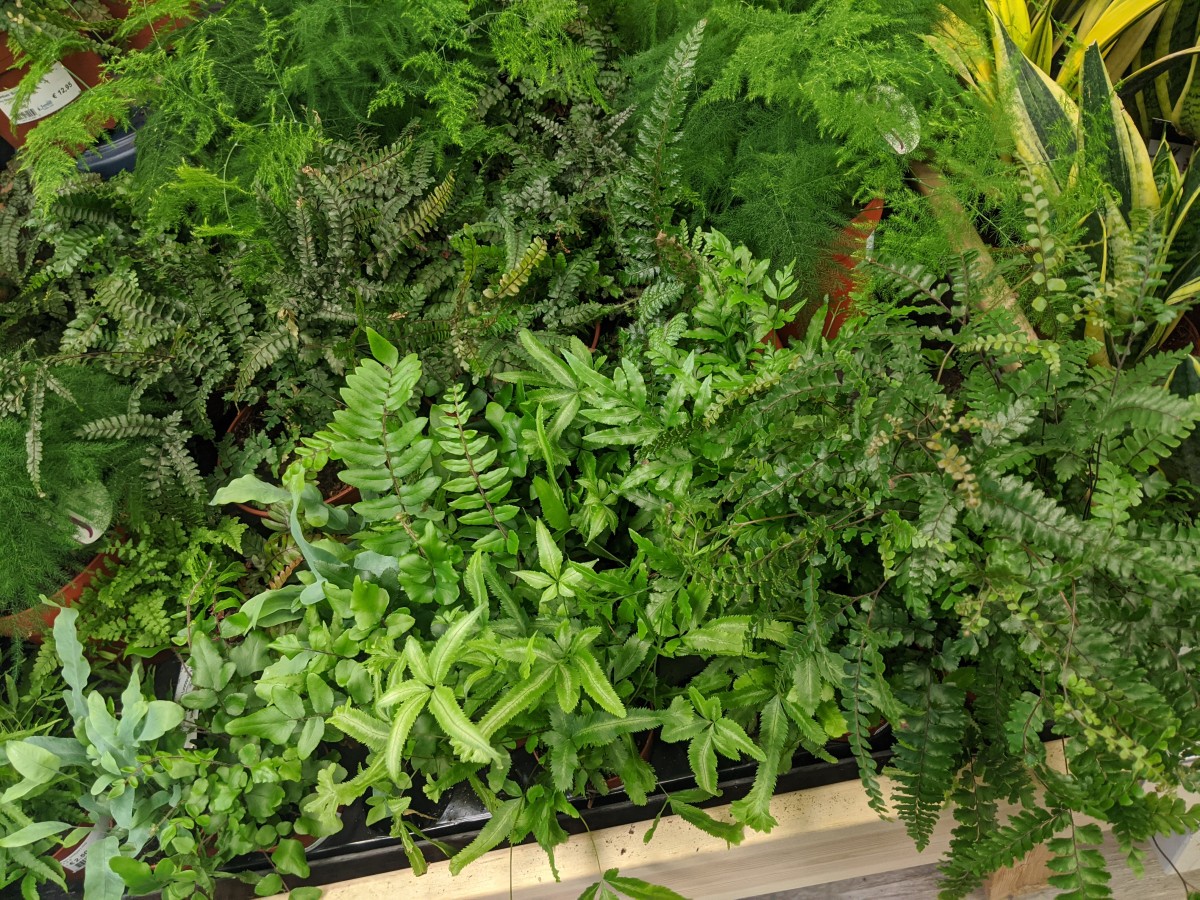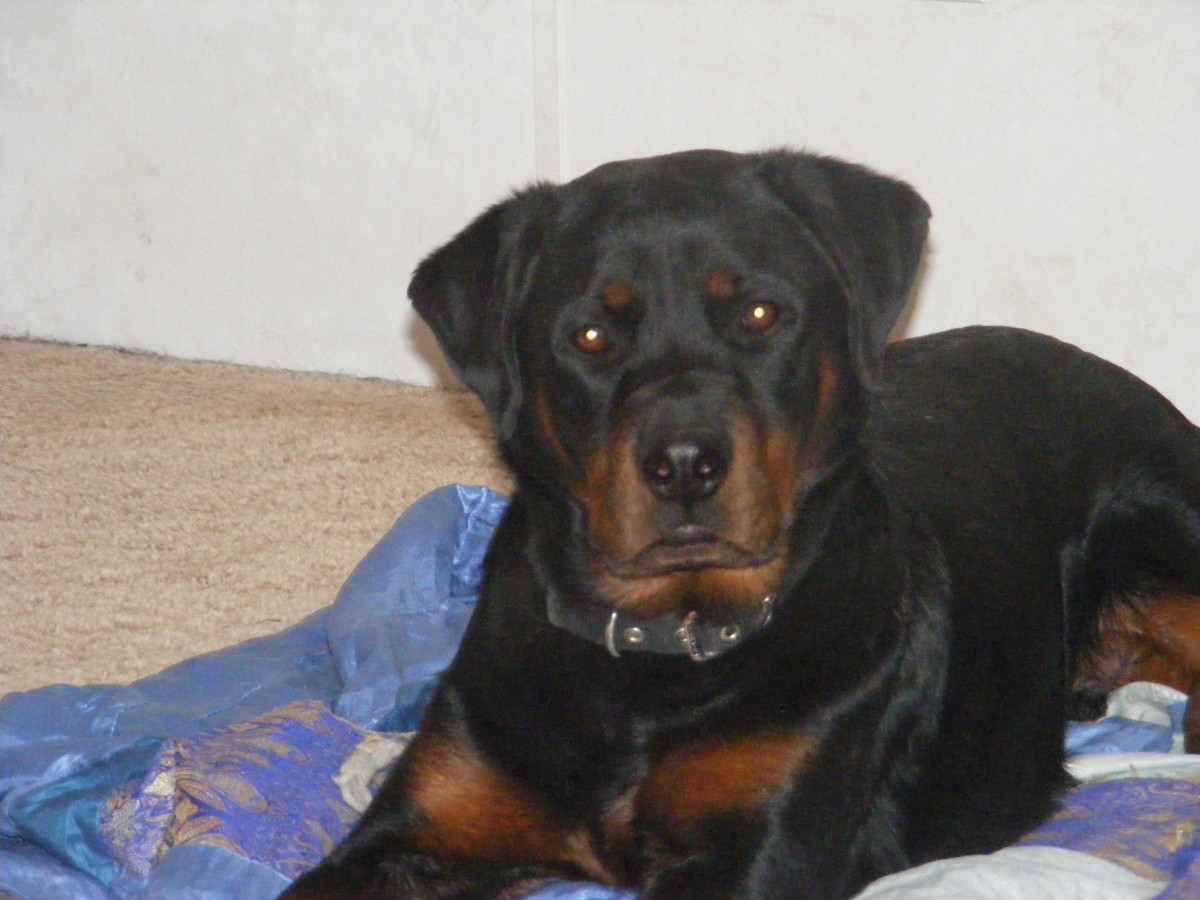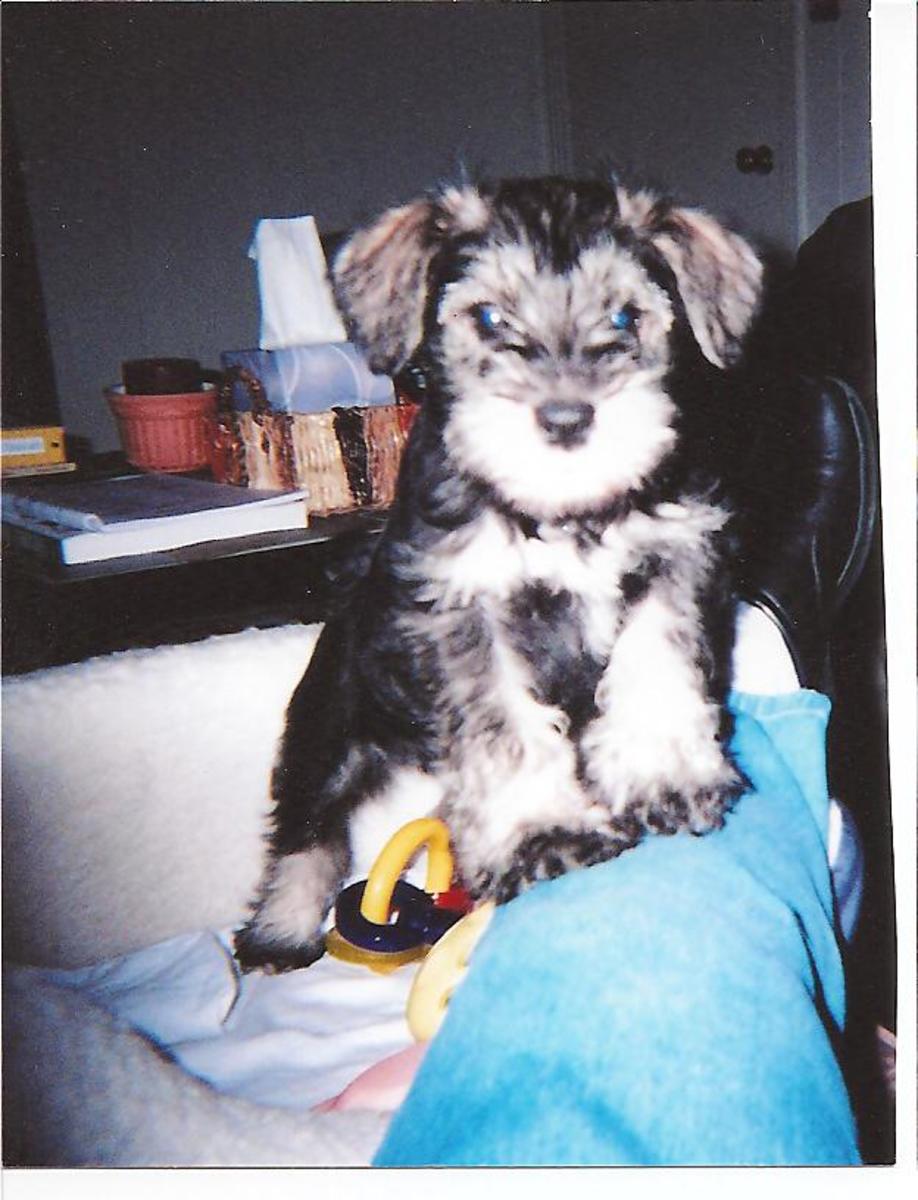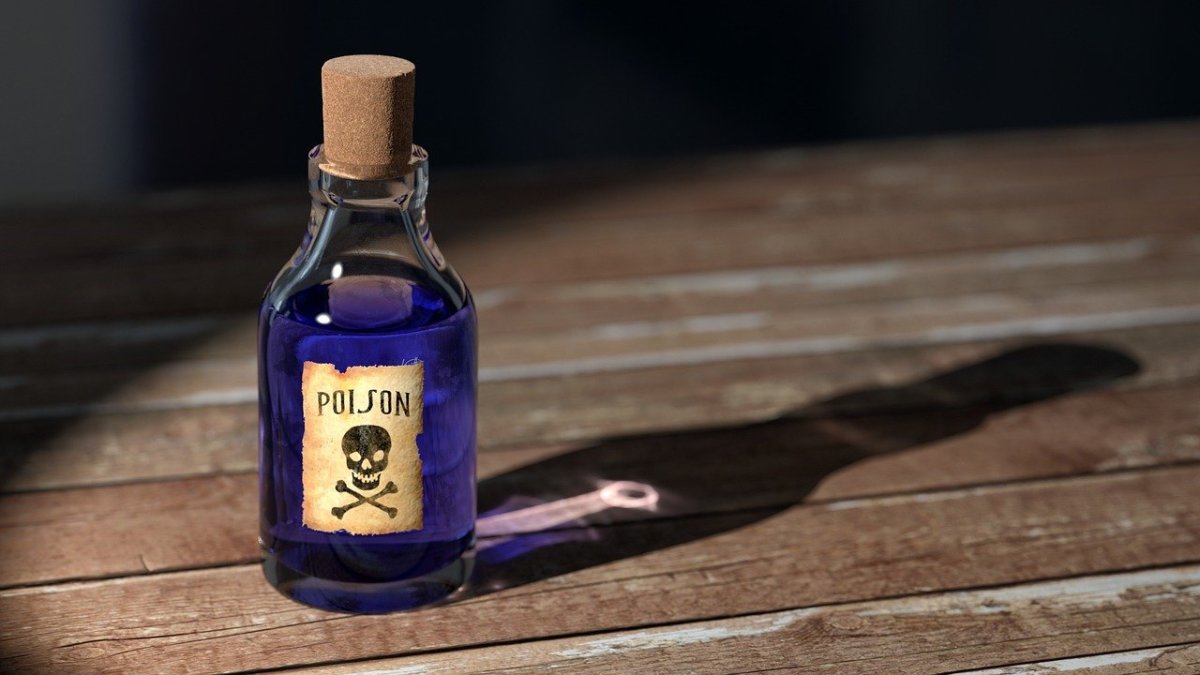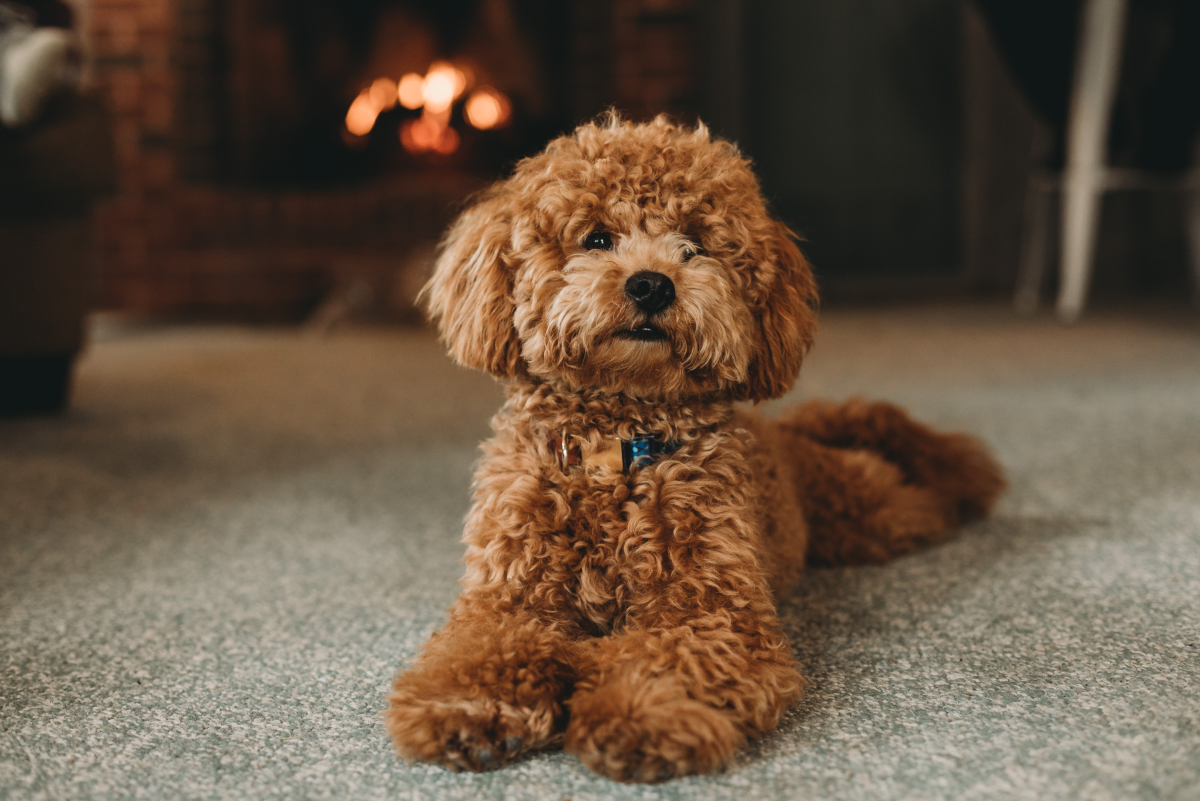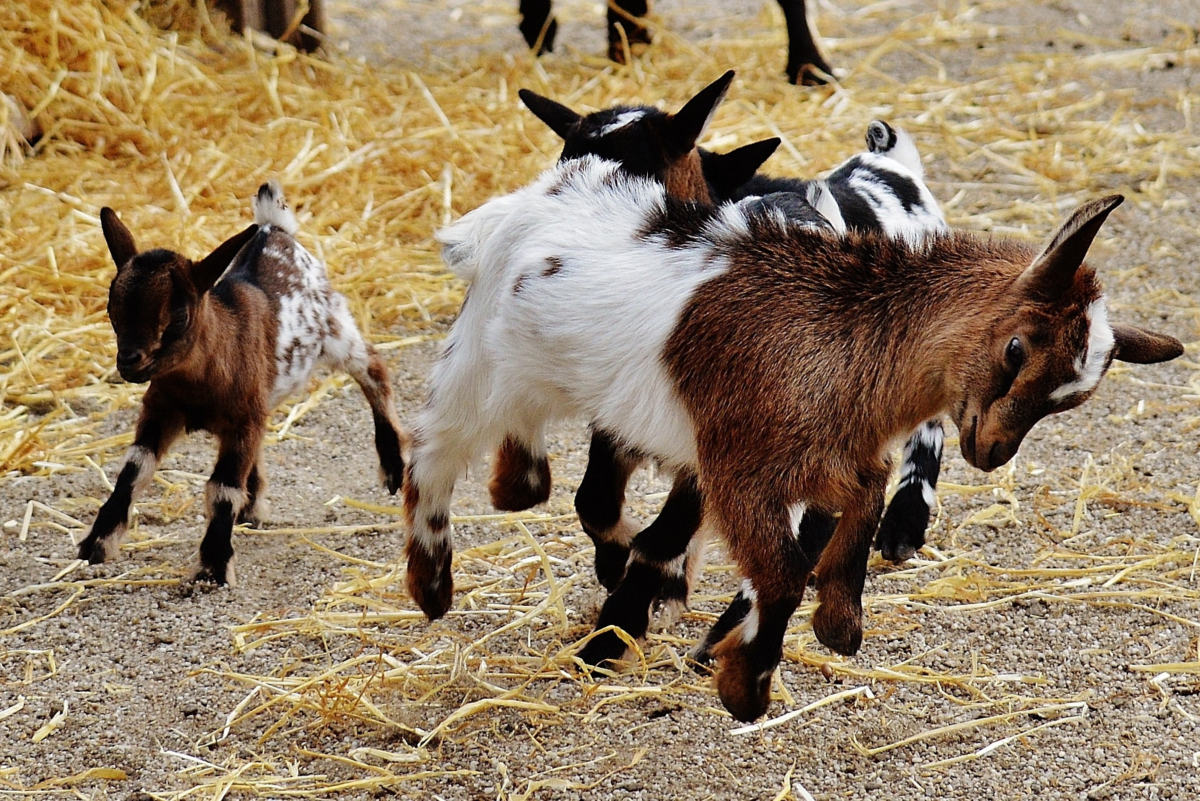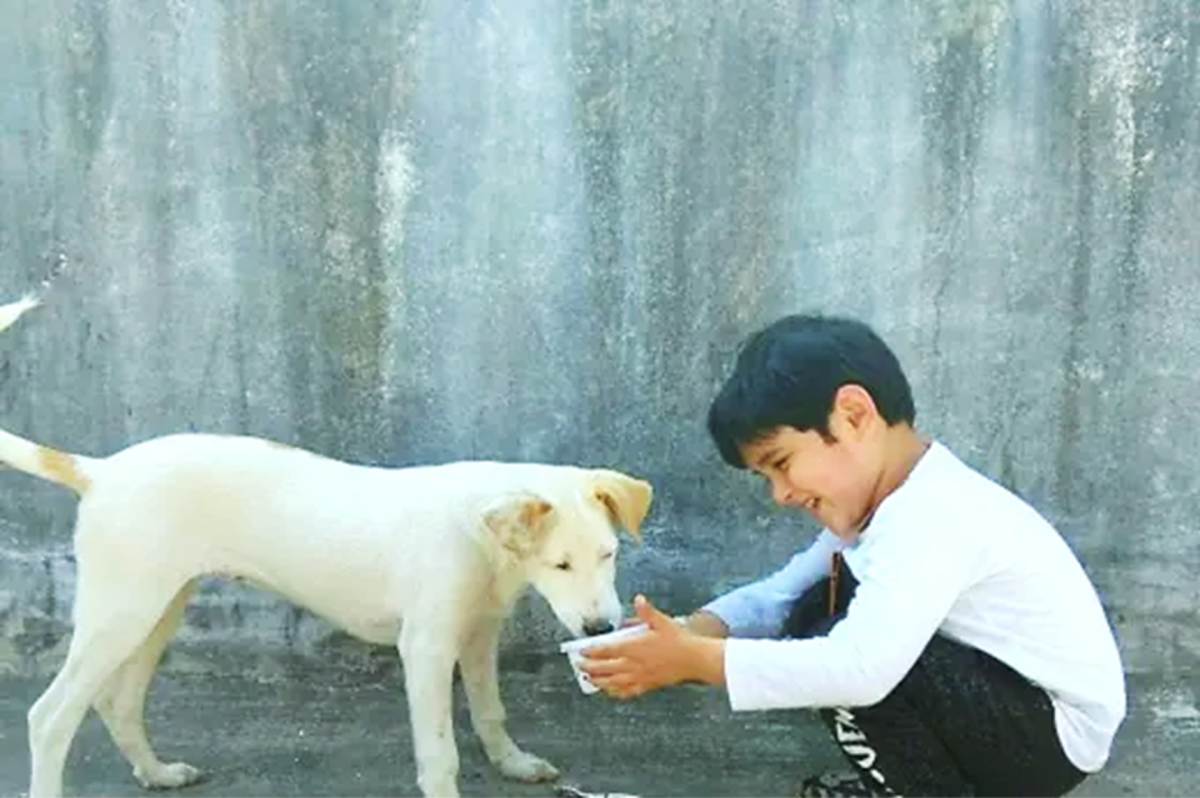Ways to Pet Proof Your Home
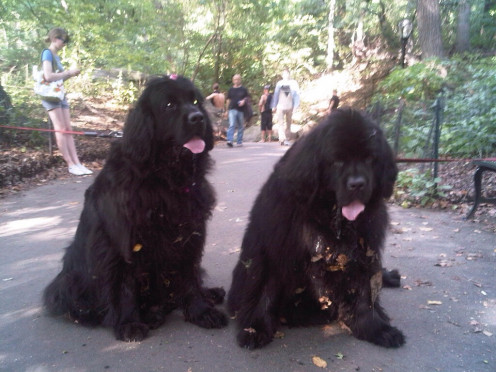
Which is the most dangerous area in your home to pets?
Coming home to a messy home with pet hair is absolutely frustrating, but returning to an injured pet means utter consternation.
Pet proofing your home helps to remove the anxiety, though it involves attention to detail and subtlety.
All owners could use a few pointers and awareness about pet-proofing mistakes to avoid.

A. Pet-proofing mistakes to avoid
We begin by discussing those mistakes. In the hustle and bustle of daily living, it is easy to overlook the little dog or cat we have at home.
1. Remember Safety.
The safety of our pets is all too easy to cast aside. But pets are injured in the same way we are.
They may trip over cords or injest little items we carelessly leave on our floors.
The lovely plants we take the trouble to grow are sources of substances that are toxic to dogs.
In all, pet-proofing keeps your pets and your precious belongings safe.
2. Consider Humaneness.
Another mistake many owners make is humaneness. To keep their homes clean and free from pet odors, they sometimes resort to drastic measures.
Some resort to these measures to keep their pets from escaping.
They keep little dogs or cats chained for long periods in the backyard. If they live in apartments, they may enclose their little dogs or cats in their bathrooms while they are at work.
Pet-proofing is a far more humane way of keeping your animals and belongings safe.
3. Temptation
And then, as owners rush off to work, they may inadvertently leave dangerous, foreign objects lying around. Pets love to chew on anything they find new or interesting.
It inevitably leads to choking, poisoning and a needless trip to the vet's emergency room.
Puppy Proofing Your Home
B. Pet-Proofing Room by Room
You will find that each room in your home needs pet-proofing. Take a few steps to protect your home and your pets.
1. The Living Room
Living areas have many temptations for little dogs and cats. Throw pillows are comfortable and draw our pets to them.
Soft as they are, pillows are deadly to little animals. Pets easily become smothered by them.
Clear out clutter routinely to discourage your puppy from wandering into it and injuring itself. Put away any sharp objects or children's toys. Keep all knick knacks until the puppy or kitten has the motor skills not to knock into them.
Organize or cord your wires. Woe betide the curious puppy that chews on them. Clear all rubber bands, string and craft materials for the same reason.
Keep commo house plants inaccessible to your pets. If they are poisonous to you, they are to them too.
Cover all heaters and vents to prevent your young pets from wandering into them.
2. The Kitchen
Many smells and curious tastes fill our kitchen. No wonder pets find themselves there often. Leftover food in trash cans works like a siren's call to a dog.
Use childproof latches to secure cabinets. Childproof latches prevent little dogs and cats from prying cabinets open.
Toxic medications, chemicals, cleaning supplies and detergents belong on high shelves. Trash cans belong in a cabinet. If you mind the odor, cover them.
Block any holes or nooks your puppy may wander into inadvertently.
Make sure that your kitten or puppy has not wandered into the washing machine or dryer before turning it on. Recently, a man washed a little puppy to death in Hong Kong.
Human food contains substances that are toxic to your puppy. Make sure they are out of reach.
3. The Bathroom
A bathroom, particularly one with a low toilet seat, needs pet-proofing.
Close your toilet lid to keep your curious puppy from drinking out of it.
Razors and soap are a source of trouble too. Razor blades cut the paws of kittens that jump onto the sink. Pets may also slip on soap.
4. The Bedroom
Dogs gravitate to anything with your scent. Anything in your bedroom will have it, so you will find ot there often. Needless to say, it is a place of danger.
Tidiness helps. Keep your laundry routinely, for drawstrings on shorts or jumpers and dangerous.
Keep medications, lotions and cosmetics out of your pet' reach.
Again, cord your electrical wires and keep them out of place.
If your dog is like my Westie, Cloudy, he likes climbing into closets. Keep them safely closed.
5. The Study
Clear up after yourself in the study too. Paper clips, wires and staples are hazardous. Even a simple pen is dangerous, as the ink is toxic to a puppy that chews on it.
Again, close all cupboards and drawers. Cover the trash securely. Keep away any throw pillows in your study.
6. The Garage and yard
The garage is a source of trouble for wandering pets. The insecticides, paint and sharp materials either poison or injure them.
Your chemicals are safer in a secure cabinet or behind closed doors.
You will use lots of antifreeze during the winter months. Antifreeze is lethal, so keep it safely out of reach.
Avoid growing poisonous plants such as daffodils and foxglove, because they cause varied and different reactions.
Check your engine to see if your kitten is hiding there for warmth. Keep all sharp objects and tools away in drawers or cabinets.

C. Other tips for pet-proofing your home
Keeping your home safe for your pets means that you need to remember these little details too.
1. Clear the floor.
The first one is to remember to clear the floor. Prevent your pet from injesting sharp or dangerous objects.
2. Check your curtains.
Puppies and kittens love huddling in curtains for warmth. Check them regularly lest these little animals suffocate themselves.
3. Check trash cans.
Further, check your trash cans regularly lest your pets decide to hide in them.
Make sure that poisonous substances are safely discarded.
4. Have a list of foods that are poisonous on hand.
Dogs react strongly to certain foods. Chocolate, a favorite treat, contains theobromine, a highly toxic substance to dogs.
Grapeseed, too, cause reactions when chewed by dogs. Avoid throwing these where your dog may reach them.
5. Protect your display items.
Try not to keep your display items on low shelves, at least until your puppy or kitten has the motor skills to avoid them.
6. Watch out for wires.
Do not leave any wires lying around for your puppy to chew on or kitten to strangle itself with.
Do not keep wires or adapters in open view.
Dog training with Jacyln
Conclusion
.Puppy-proofing your home merely takes a little patience and effort.

